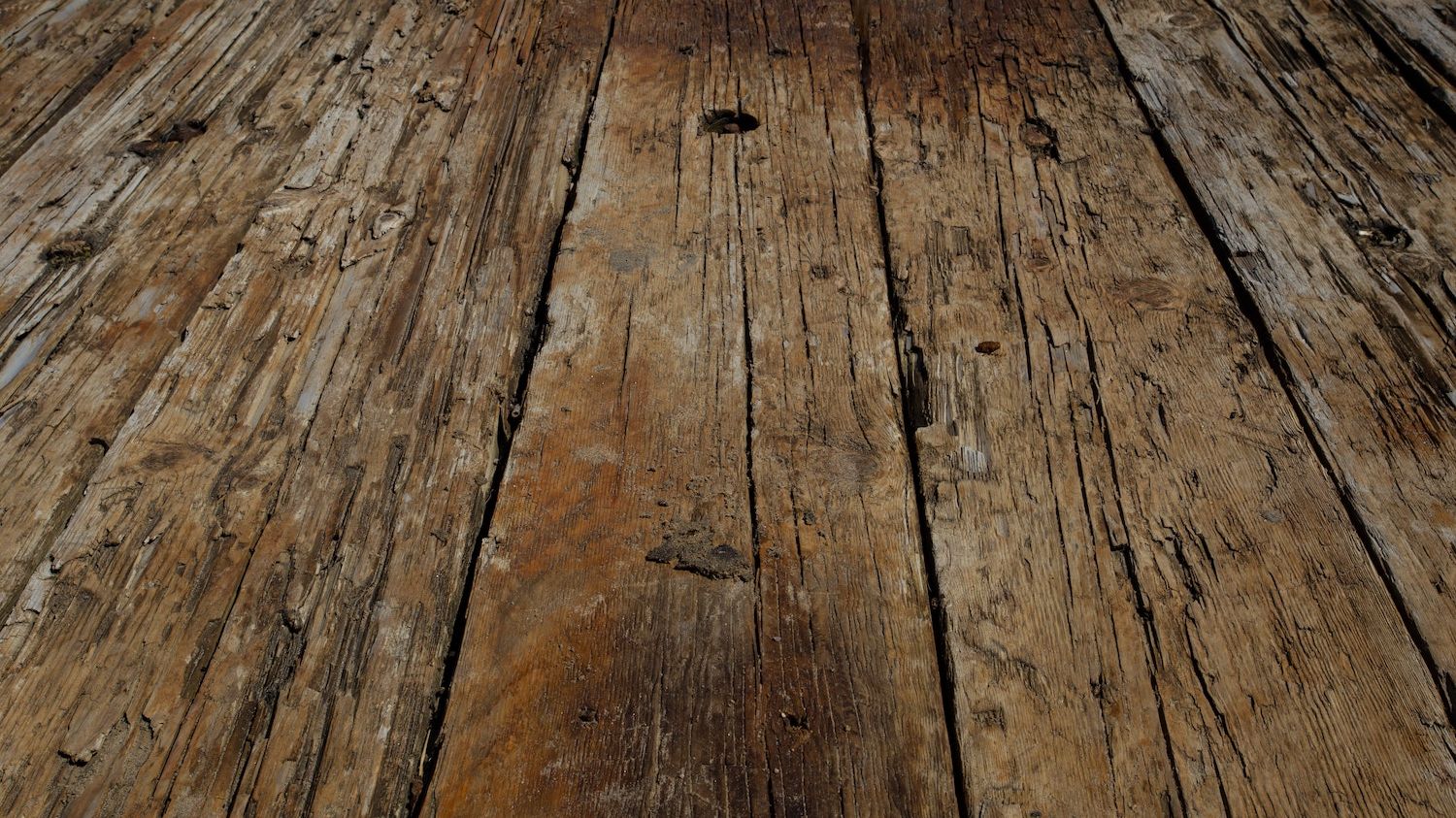How to Remove Mold From Wood
Mar 16, 2023
Mold: not only is it a problem for your health and wellbeing, but DIY remediation can prove to be a trying task. While mold can thrive on a variety of surfaces, mold can be the most difficult to treat when it's found within porous wooden materials.
If you’ve found that you’re trying to get rid of this invasive growth within your home, this all-inclusive guide can help you navigate the best practices to ensure you don't have to deal with any relapses.
How to prepare an area for mold removal
The first step is preparation. Making sure that both the area being treated, as well as yourself (with PPE) is ready to deal with the infestation is the key to your success. If you start your project off ill-equipped, it could lead to compromised health as well as a failed endeavor.
Remember, all mold can be harmful to your health. Black mold should not be the only time you’re properly preparing to remedy the contaminated area.
What type of protective gear should you wear when cleaning mold?
Regardless of contamination size, there are a few basic pieces of personal protective equipment (PPE) that are needed to initiate any mold remediation project. Gloves and an N-95 mask are non-negotiable. This protects your skin and lungs from the spores that have been dispersed in the air. Additionally gloves, coveralls, and boots are strongly recommended for your safety and to prevent further contamination.
In the event your clothes are subjected to mold and mold spores, there is an appropriate way to wash them to ensure that no spores use your clothing as a means of transportation. Since mold and the spores they release cannot withstand heat, bring your washing machine to the highest temperature setting and add an antimicrobial laundry detergent (natural detergents that contain tea tree oil and citrus) to effectively remove any contaminants.
What type of cleaning supplies and tools would you need to remove mold from wood?
The supplies and tools needed depend on the size and extent of the growth. For smaller patches of growth, tools such as a vacuum cleaner, hydrogen peroxide, a spray bottle, and a roll of paper towels is all you may need. For larger areas, sanding tools, scrubbing brushes, and rags should be added to your arsenal.
What are the best materials to use when cleaning mold off of wood?
Did you know that there are a few household remedies that you can brew at home to get rid of your mold problems? That’s right! While you should generally leave remediation to the professionals, mild cases can be treated with some easy-to-find household items.
First and foremost, white vinegar is going to be your friend during most of your mold removal endeavors. Similar to white vinegar, baking soda and warm water can be used to kill smaller colonies of mold if white vinegar is not readily available. For more stubborn situations (and depending on the wood) a borax solution and the use of vodka may also prove to be effective.
How to prevent and kill mold forming on wood
The key to treating mold on your wood floors and surfaces is to ensure that you cultivate an environment where the mold struggles to grow. There are a few ways in which you can hinder mold growth, here’s our most effective recommendations that you can implement immediately:
Provide a dry environment by using a dehumidifier
Mold thrives in damp environments, it’s just as simple as that. If you remove water, you end up removing a crucial part of what mold needs to grow. The easiest way to accomplish this is to use a dehumidifier and other household devices that help wick water from the air.
Avoid painted wood and if it’s infested, it needs to be removed
Sometimes paint can be an ally in your war against mold. The paint provides a protective barrier that prevents the mold from accessing the fibers of wood and contaminating the whole thing. Not only is this an added layer of protection, it makes the cleaning process much easier.
In the event that mold has made its way into the wood, do not try to salvage the affected area as it needs to be removed. We suggest hiring a professional to assess the extent of the contamination to ensure that it is properly removed and treated.
It’s time to hire a professional when any space larger than 10 square feet is riddled with mold
If you find that there may be an area of your property larger than 10 square feet that may contain mold on the surface, do not try to remedy this yourself and opt for the help of a professional. Book an appointment immediately to avoid further contamination and ensure the safety of your home.
NIAQI is here to educate you on all things mold and mildew
NIAQI is here to empower you with the knowledge you need to address your mold and mildew problems. By staying informed and being proactive, you can make all the right choices to protect the integrity of your home or work space. NIAQI offers exceptional educational courses on mold and remediation so that you can be a licensed professional within the state. Have questions? Visit our website or give us a call to take the next steps!
Get mold industry news and updates from NIAQI.
Join our mailing list to receive the latest news and updates from our expert mold instructors.
Don't worry, your information will not be shared.
We hate SPAM. We will never sell your information, for any reason.


